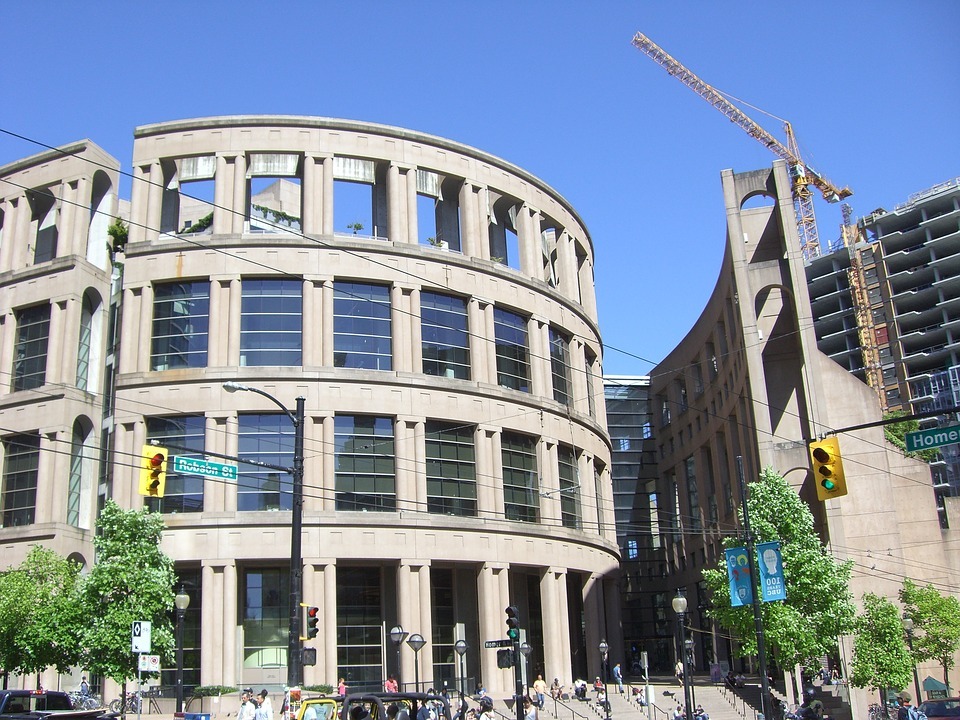Functionalism is one of the architectural principles. It states that building designs should be created based on the building’s function and its purpose. It should also be built based on considerations like its materials, structure, and usage. Establishments that adopt the principle of Functionalism prioritize how individuals can utilize the space instead of the building’s aesthetic as the primary concern.
The principle of Functionalism was first evident in the Vitruvian Triad. The Vitruvian Triad includes utility, firmness, and beauty as three objectives of architecture.
The aftermath of World War I resulted in the birth of Functionalism in modern architecture building. After the devastating effects of World War I, architects made ideas inspired by the need to create functional establishments that can give a new and better place for human beings. Functionalist architectures are often associated with modern humanism and socialism. So, most establishments made during modern Functionalism were not only built for functionality. But, also to give people better life in the broadest sense.
LOUIS SULLIVAN AND HIS PART IN MODERN FUNCTIONALISM
Louis Sullivan, an American architect, is known as the founder of modern Functionalism. He was the one who made the saying “form follows function” in 1896. However, the term “function” in this saying is not related to the utility of the establishment. Instead, he based the word “function” on metaphysics. It was meant to be an expression of organic essence, and if paraphrased, can mean “destiny.”
In the 1930s, they explored Functionalism as an aesthetic approach instead of the design’s utility. In those times, people associated Functionalism with a lack of decorations and ornamentations. They relate the term to unembellished spaces, like cheap buildings and simple sheds.
In the second half of the 20th century, modern Functionalism started to develop slowly, mainly because of the different kinds of buildings required in society, changes in their building techniques, and the evolving cultural and aesthetic standards. Architects began to create building designs that have a visible expression of functionality. Architects who support the idea of Functionalism believed that you produce good architecture by fulfilling practical needs.
The functionalist architect Le Corbusier heavily influenced Functionalism in modern architecture. His building designs were entirely simplified from the previous styles. One of his most influential sayings was “a house is a machine for living in.” His statement reflects in the Functionalism in modern architecture that the first step in designing an establishment is analyzing its function and looking for ways to meet its purposes. And instead of being the primary concern, the aesthetic character also becomes part of the building process. It implies that the building’s aesthetic can enhance the functionality and the enjoyment of an establishment. The significance of Functionalism in modern architecture took part in the reunion of engineering and architecture, which were set apart during the 19th century.
TENETS OF FUNCTIONALISM IN MODERN ARCHITECTURES
There are three main principles in functionalist architectures. These are firmatis, utilitas, and venustatis.
- Firmatis or durability means that the building should be sturdy and must remain in a good state.
- Utilitas or utility states that the building can be utilized and can serve its purpose well.
- Venustatis or beauty means that the establishment must be aesthetically pleasing and a delight to people’s eyes.
FUNCTIONALISM IN DIFFERENT PLACES
Functionalism in Europe
Many buildings in Czechoslovakia, a sovereign state in Europe, have a modern functionalist design. Some notable functionalist-designed buildings are Villa Tugendhat, located in Brno, Villa Müller, found in Prague, and Brno Crematorium, also situated in Brno. Apartment buildings, villas, department stores, factories, and some other establishments in the country were also built with a functionalist style.
Between 1918 and 1939, Polish architects made a massive impact on Europe’s modern Functionalism. The most distinct features of Functionalism in Polish architecture are roof terraces, marble interiors, and portholes. Some of the functionalism designs in Poland are a villa in Warsaw with a roof garden designed by Bohdan Lachert, Small station Michalin, Roman Piotrowski insurance building, and a villa with a roof terrace designed by Stanisław Brukalski.
Functionalism in Russia
Many structures in Russia were made with a functionalist design. In this country, Functionalism is well-known as Constructivist architecture. Functionalism was the dominant design in the significant buildings and establishments in the country from 1918 to 1932.
Functionalism in Canada
Some architects used modern Functionalism designs on a lot of Canadian landmarks. One establishment in Canada that has a Functionalist style is the Vancouver Public Library. You may see little to no decoration on the exterior of the building. During the building process of this establishment, architects were practical on the materials used for the building, ensuring the functionality and the durability of the establishment. Another example of modern Functionalism in Canada is the Toronto City Hall.

